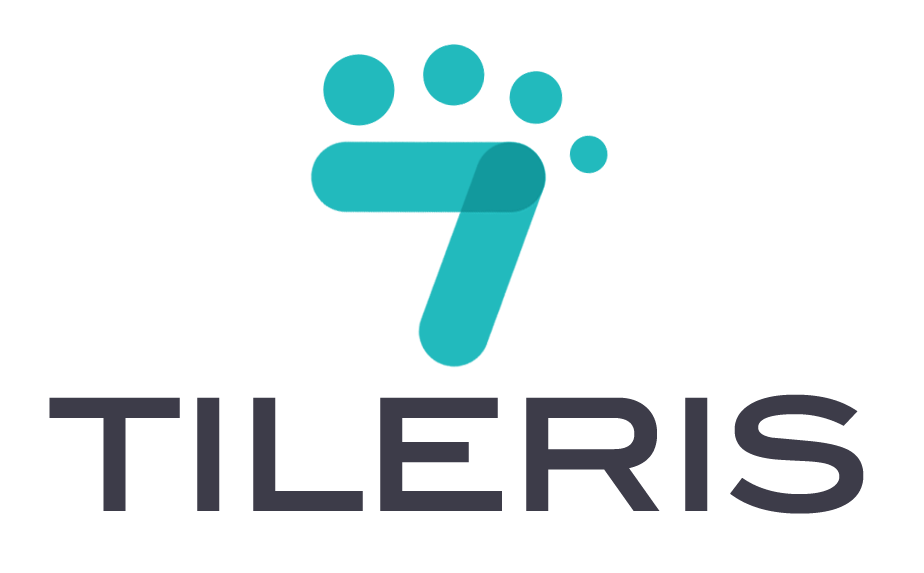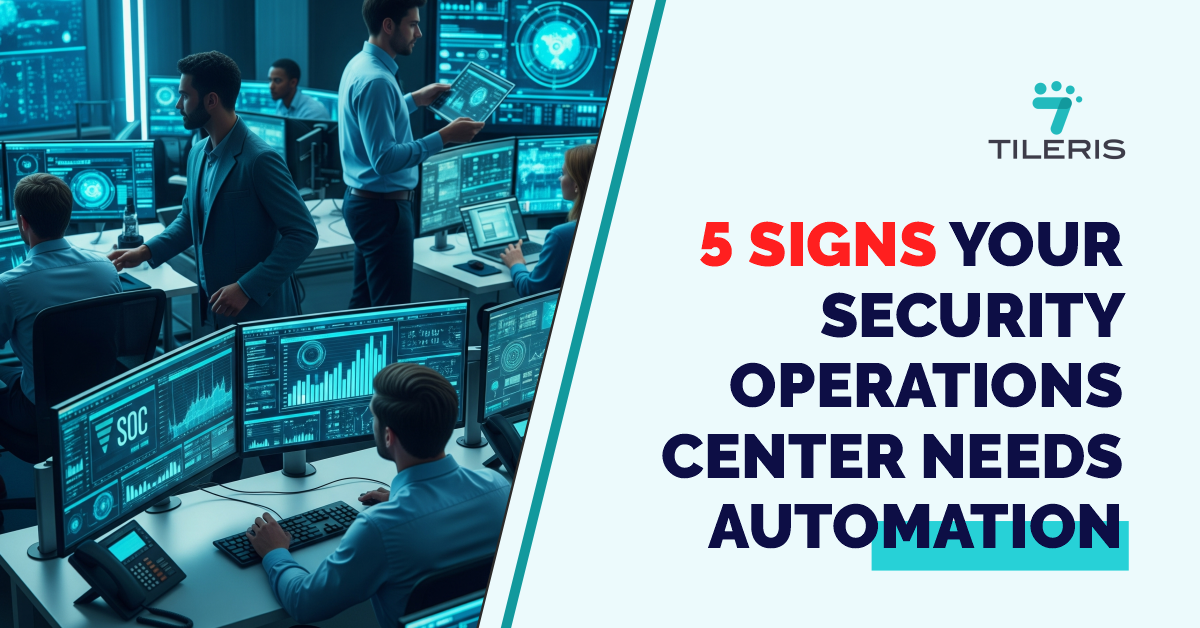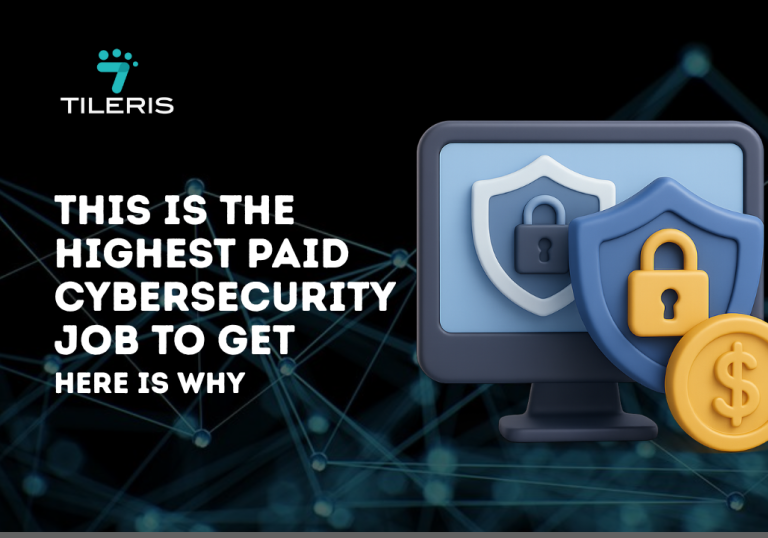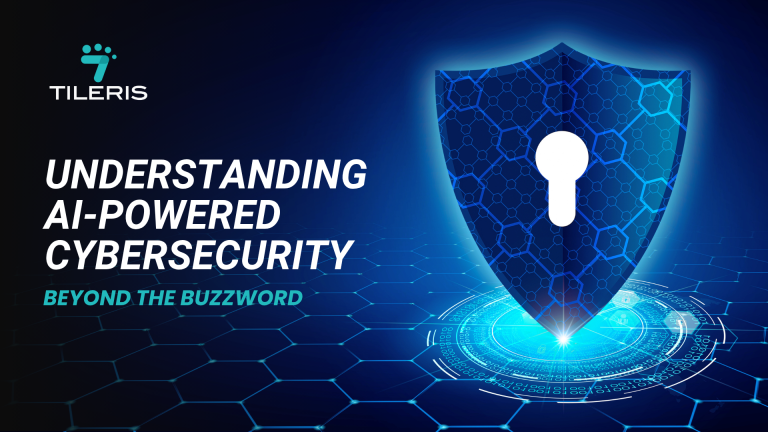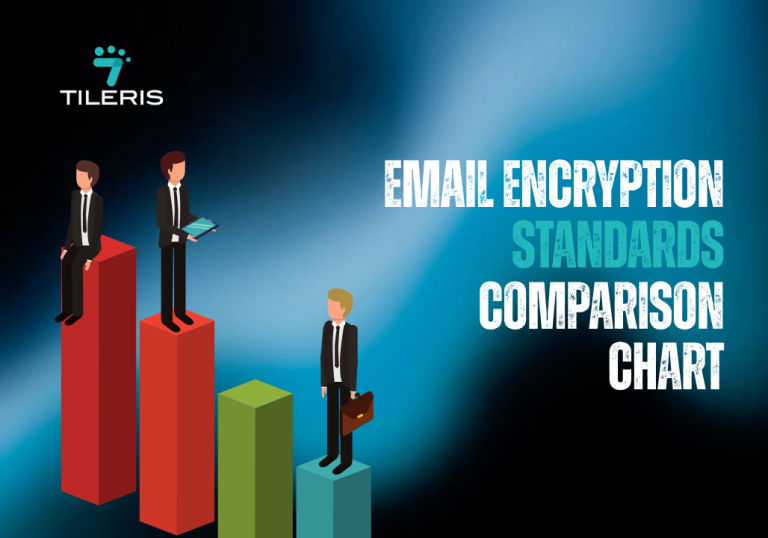5 Signs Your Security Operations Center Needs Automation
Introduction
Running a Security Operations Center (SOC) today isn’t what it used to be. Threats are faster, more complex, and more persistent. Attackers don’t sleep, and unfortunately, many security teams are still stuck in a loop of manual processes, drowning in alerts, and racing against time.
Think of your SOC as the beating heart of your cybersecurity defense. It’s where dedicated professionals are constantly monitoring, detecting, analyzing, and responding to cyber threats. They’re the ones standing guard 24/7, making sure your digital assets, your valuable data, and even your reputation are protected from the ever-evolving landscape of cyberattacks.
But here’s the thing about guarding against threats, it’s a marathon, not a sprint. And with the sheer volume and sophistication of attacks increasing daily, even the most dedicated SOC teams can find themselves struggling to keep pace.
That’s where automation, particularly AI-powered automation, comes into play. It’s not about replacing your amazing human analysts; it’s about empowering them, freeing them from the mundane, and allowing them to focus on the really complex and strategic work.
If you’re leading or working in a SOC and you’re feeling the burn, this article is for you. We are exploring five telltale signs that your SOC is ready to embrace the power of automation and how it can make a real difference. But before we jump in, let’s back up a bit.
What’s a Security Operations Center (SOC), Really?
Well according to IBM, “A security operations center (SOC) improves an organization’s threat detection, response and prevention capabilities by unifying and coordinating all cybersecurity technologies and operations.”
SOC analysts are like digital firefighters. They spend their days and often nights sifting through logs, investigating alerts, chasing down anomalies, and making judgment calls in high-pressure situations. It’s a tough job. And as threats evolve, it’s only getting tougher.
Now, let’s talk about the warning signs that your SOC may be crying out for automation.
1. You’re Drowning in an Avalanche of Alerts
Imagine your SOC team is like a lifeguard on a crowded beach. Now imagine that the beach has a thousand kids screaming for help every minute, but only a handful are actually in trouble. That’s what a “noisy” security environment feels like. Your security tools , your SIEMs, EDRs, network monitors are constantly generating alerts. And while these alerts are meant to flag potential issues, a significant portion of them can be false positives or low-priority notifications.
We’ve seen instances where security analysts are inundated with tens of thousands of alerts daily. They spend more time sifting through noise than actually investigating genuine threats.
This phenomenon, known as alert fatigue, is a very real problem. When your analysts are constantly bombarded, their ability to discern a true threat from a false alarm diminishes. It’s like hearing “wolf!” too many times, eventually, you stop reacting.
Studies show that a large percentage of alerts are non-critical, significantly burdening security professionals. When this happens, critical alerts can easily get missed, leaving your organization vulnerable.
Automation steps in here like a calm, focused librarian. AI-powered tools can quickly triage, correlate, and prioritize alerts.
They can distinguish between the true threats and the harmless anomalies, dramatically reducing the noise. This allows your analysts to focus their valuable time and expertise on the threats that truly matter, the ones that pose a real risk to your business.
2. Incident Response Feels Like Moving Through Molasses
When a real cybersecurity incident strikes, every second counts. The longer a threat actor remains in your system, the more damage they can inflict, the more data they can steal, and the higher the cost of remediation.
If your team finds themselves constantly playing catch-up, with incident response times stretching out, it’s a huge red flag.
Think about it, from the moment a breach occurs to when it’s fully contained, every minute can translate to millions of dollars in losses, not to mention reputational damage.
According to IBM’s Cost of a Data Breach Report, the average time to identify and contain a breach can be quite lengthy. While the numbers vary by industry, companies that contain a breach in less than 30 days can save significantly compared to those who take longer.
If your “Mean Time to Detect” (MTTD) or “Mean Time to Respond” (MTTR) metrics are consistently high, it’s a clear sign of a bottleneck.
Automation provides the speed and agility your SOC needs. Imagine an AI system detecting a suspicious login from an unusual location. Instead of a human analyst having to manually verify the user, check VPN logs, and then initiate containment, an automated playbook can instantly correlate this activity with other internal and external threat intelligence.
If suspicious activity is confirmed, it can automatically lock the account, isolate the device, and alert the appropriate team members, all within seconds. This rapid, predefined response drastically shrinks the attacker’s window of opportunity.
3. Your Talented Analysts are Burnt Out and Overwhelmed
Cybersecurity is a high-pressure field, and the constant barrage of alerts, coupled with the need for immediate action, can take a heavy toll on your SOC team.
Alert fatigue isn’t just about missed threats; it’s a major contributor to stress, burnout, and high turnover rates among security professionals.
When your best people are spending their days on repetitive, manual tasks like sifting through endless logs, it’s not only inefficient, but it also drains their morale and their valuable analytical skills.
This is a critical issue because losing experienced security analysts means losing institutional knowledge and expertise that’s incredibly hard to replace. You want your experts focusing on the truly complex investigations, the strategic threat hunting, and the continuous improvement of your defenses, not on mind-numbing data entry or false positive validation.
Automation comes in as a force multiplier for your human talent. By taking over the repetitive, high-volume tasks that cause burnout, AI allows your analysts to elevate their work.
They can shift from reactive firefighting to proactive threat hunting, deep forensic analysis, and the development of more robust security strategies. This not only boosts their job satisfaction but also leverages their unique human intelligence where it’s most needed.
4. You’re Consistently Missing the “Big Picture” in Your Data
Your organization generates an immense amount of security data every second. Logs from firewalls, endpoints, cloud environments, identity systems, it’s a veritable ocean of information.
For a human team to manually stitch together disparate pieces of this data to uncover a sophisticated, multi-stage attack is incredibly challenging, if not impossible. Attackers often use stealthy techniques, moving slowly and blending into legitimate traffic to avoid detection.
If your team is struggling to connect the dots across different security events, or if incidents are being detected only after significant damage has occurred, it indicates a lack of holistic visibility and contextualization. It’s like trying to solve a complex puzzle with half the pieces missing or scattered across different rooms.
AI-powered automation excels at this. Machine learning algorithms can analyze vast datasets, identify subtle patterns, and correlate seemingly unrelated events that would be invisible to the human eye.
They can build a comprehensive picture of an attack, from initial compromise to lateral movement and data exfiltration, helping your analysts understand the full scope of a threat.
This allows for more precise and effective response actions, catching advanced persistent threats (APTs) before they become major breaches.
5. Your Security Posture Isn’t Adapting Fast Enough
The cybersecurity threat landscape is like a rapidly evolving ecosystem. New vulnerabilities, new attack techniques, and new malware variants emerge constantly.
If your SOC is perpetually reacting to known threats and struggling to anticipate the next wave of attacks, your security posture isn’t evolving quickly enough. Relying solely on signature-based detection or manual analysis means you’re always a step behind the attackers.
AI can learn and adapt. It can analyze emerging threat intelligence, understand new attack patterns, and even simulate potential attack scenarios to identify weaknesses before attackers exploit them.
Automation, especially with AI at its core, enables a proactive defense. It helps your SOC move beyond just reacting to known threats. By continuously analyzing threat intelligence, your automated systems can recommend proactive adjustments to your security controls, identify potential vulnerabilities in your environment, and even help your threat hunters proactively search for indicators of compromise that no one has seen before.
This continuous learning and adaptation ensure your defenses are always improving, keeping you one step ahead of the bad guys.
The Path Forward
Implementing AI-powered automation in your SOC isn’t just a trend; it’s a strategic imperative. It’s about transforming your security operations from a reactive, human-intensive struggle into a proactive, intelligent, and highly efficient defense.
Automation empowers your SOC team to become true guardians of your digital world. It allows them to do what they do best: apply their unique human intelligence to the most critical and complex cybersecurity challenges, knowing that the automated systems are taking care of the rest.
Conclusion
The security challenges organizations face today aren’t going to slow down. But with the right automation tools in place, especially those powered by AI, your SOC can keep up, stay sharp, and focus on what really matters: protecting your organization. Because the goal isn’t just to survive the next attack. It’s to stay ahead of it.
Ready to Strengthen Your Cybersecurity?
Want to take your cybersecurity to the next level? Start by downloading our free security checklist. It’s packed with simple, actionable steps to help you stay protected online, giving you a solid foundation to build upon. Just head over to to grab your copy.
If you’re looking for more hands-on support and expert guidance tailored to your specific needs, you can also request a free consultation with our cybersecurity specialists. Our experts are ready to dive deep into your challenges and show you how automation can transform your SOC. Or, if you’d rather see exactly how Tileris works in real time and how our solutions can integrate seamlessly with your existing infrastructure, go ahead and request a demo through our contact form. Let’s transform your security operations together.
